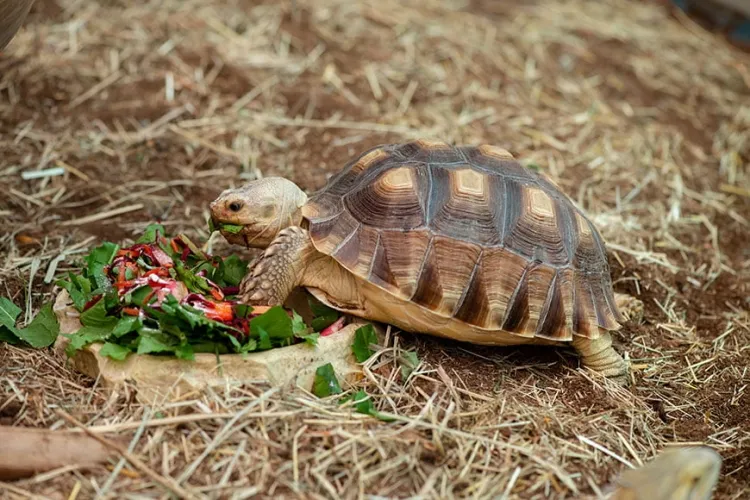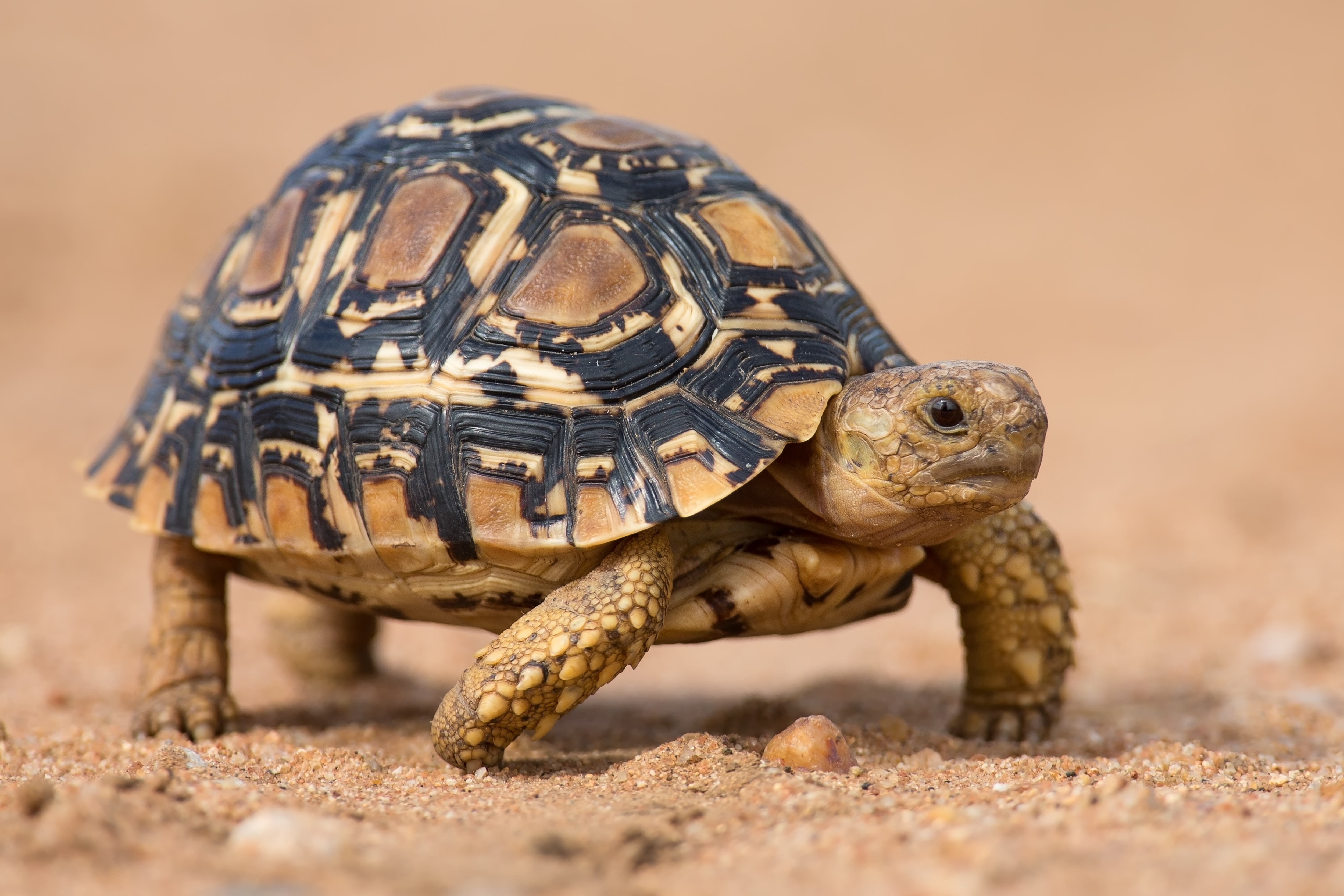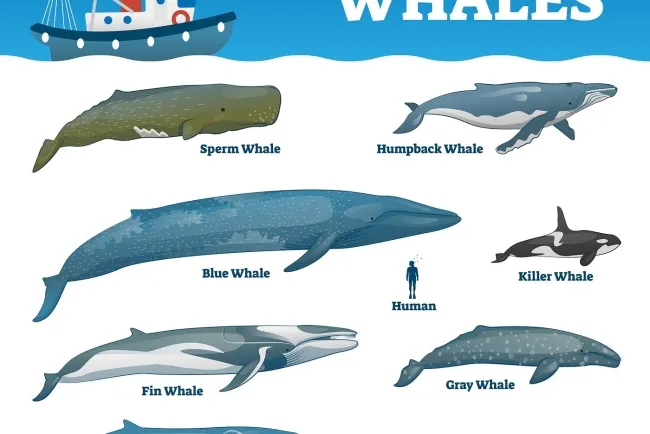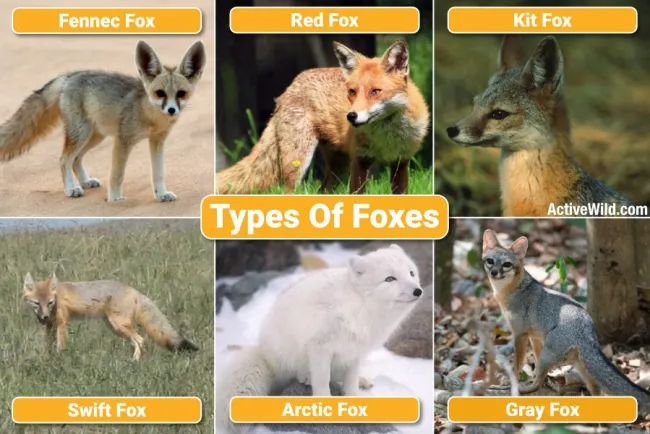Tortoises: The Resilient Reptiles of Land...!!!
Tortoises are captivating reptiles, distinguished by their unique shells and leisurely lifestyles. These hardy creatures, part of the Testudinidae family, are well-adapted to terrestrial life. Found across diverse habitats worldwide, from arid deserts to lush forests, each tortoise species contributes significantly to its ecosystem.

Physical Characteristics
Tortoises are unmistakable with their sturdy, dome-shaped shells, offering protection against predators and harsh environments. The shell comprises two main parts: the carapace (upper shell) and the plastron (lower shell), both covered in scutes—bony plates that grow throughout the tortoise's life. The shell is directly connected to the tortoise's ribs and spine, making it an integral part of its body. Their legs are robust and column-like, ideal for terrestrial movement, and their feet are generally short and padded, equipped with strong, curved claws perfect for digging and foraging.
Lifespan and Size
Tortoises are renowned for their longevity, with some species living over a century. For instance, the Galápagos tortoise can live more than 100 years, thanks to its slow metabolism and low-energy lifestyle. Tortoises vary widely in size; the smallest, like the Speckled Padloper tortoise, measure only a few inches long, while the largest, such as the Aldabra giant tortoise, can weigh over 500 pounds and reach up to four feet in length.
Habitat and Distribution
Tortoises inhabit a broad range of environments, from deserts to tropical forests, spanning continents like Africa, Asia, Europe, and the Americas. Species like the Mojave Desert tortoise thrive in dry, sandy habitats, spending much time in burrows to escape the extreme heat. Conversely, species like the Leopard tortoise live in savannas and grasslands, grazing on various vegetation.
Diet and Foraging
Primarily herbivores, tortoises consume grasses, leaves, fruits, and flowers. Their slow metabolism allows them to sustain themselves on relatively minimal food. Some species have specialized diets: the Aldabra giant tortoise feeds on grasses, herbs, and woody plants, while the Indian star tortoise prefers succulent plants and flowers. Tortoises use their strong, beak-like mouths to tear off vegetation and their powerful legs to forage in their habitats.
Behavior and Adaptations
Generally solitary, tortoises may sometimes be seen basking in the sun together. Being ectothermic, they rely on external heat sources to regulate their body temperature. Sunbathing helps them warm up, while seeking shade or burrowing helps cool them down. Tortoises are incredibly resilient and adaptable, capable of surviving long periods without food or water by conserving energy and using stored fat reserves. Their slow movements and cautious behavior help them avoid predators and conserve energy.

Reproduction and Lifecycle
Reproductive habits vary among tortoise species, but most lay eggs in meticulously dug nests. Female tortoises typically lay a clutch of eggs once or twice a year, depending on species and environmental conditions. After laying eggs, they cover them with soil or sand to protect them from predators and temperature changes. The incubation period for tortoise eggs ranges from a few months to over a year, depending on the species and environment. Once hatched, young tortoises are entirely independent and must fend for themselves.
Conservation Status
Many tortoise species face threats from habitat loss, climate change, and illegal trade. Conservation efforts are crucial to safeguard these unique reptiles and their habitats. Organizations and governments worldwide work to protect tortoise populations through habitat restoration, anti-poaching measures, and breeding programs. Public awareness and education about the importance of tortoises in ecosystems are also vital for their conservation.
In summary, tortoises are remarkable creatures with unique adaptations that have allowed them to thrive in various environments for millions of years. Their impressive longevity, distinctive physical features, and ecological significance make them subjects of admiration and study. As we continue to learn more about these resilient reptiles, it is essential to ensure their conservation for future generations to appreciate and study
What's Your Reaction?

















